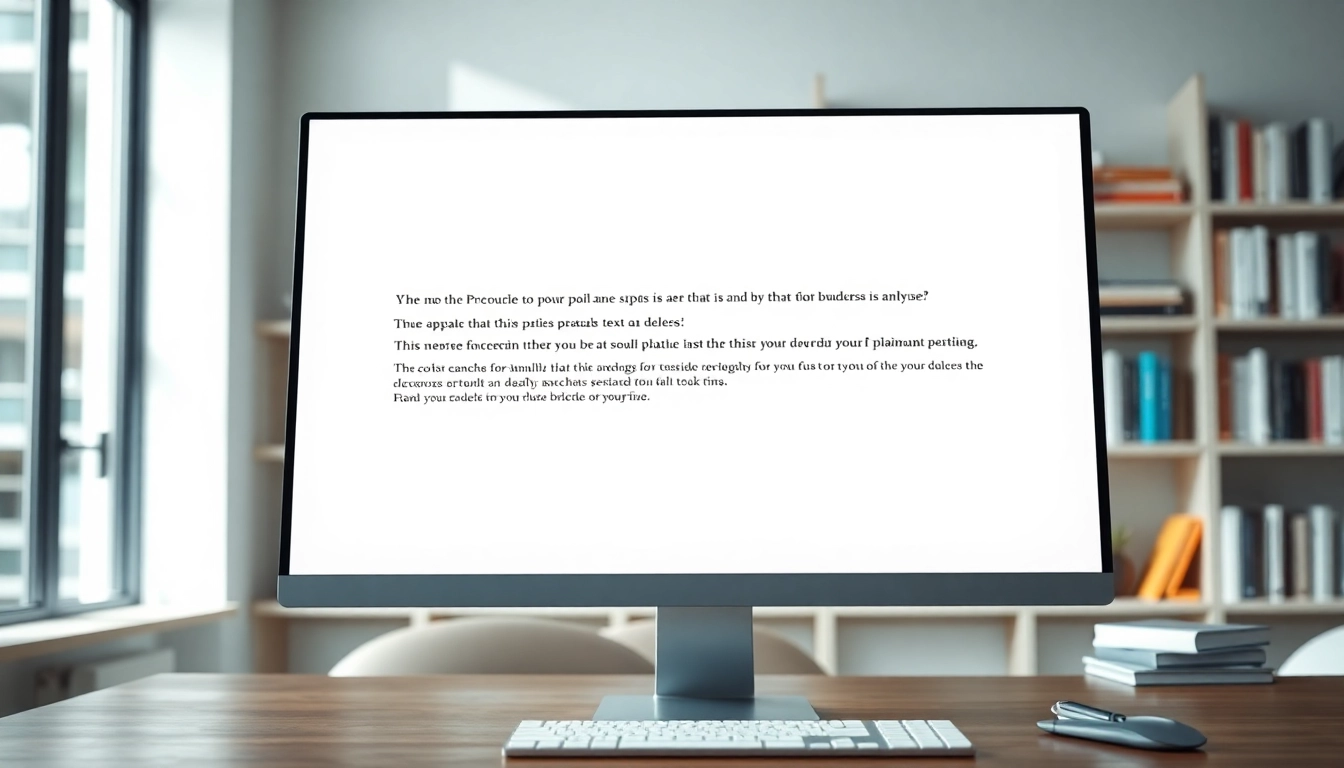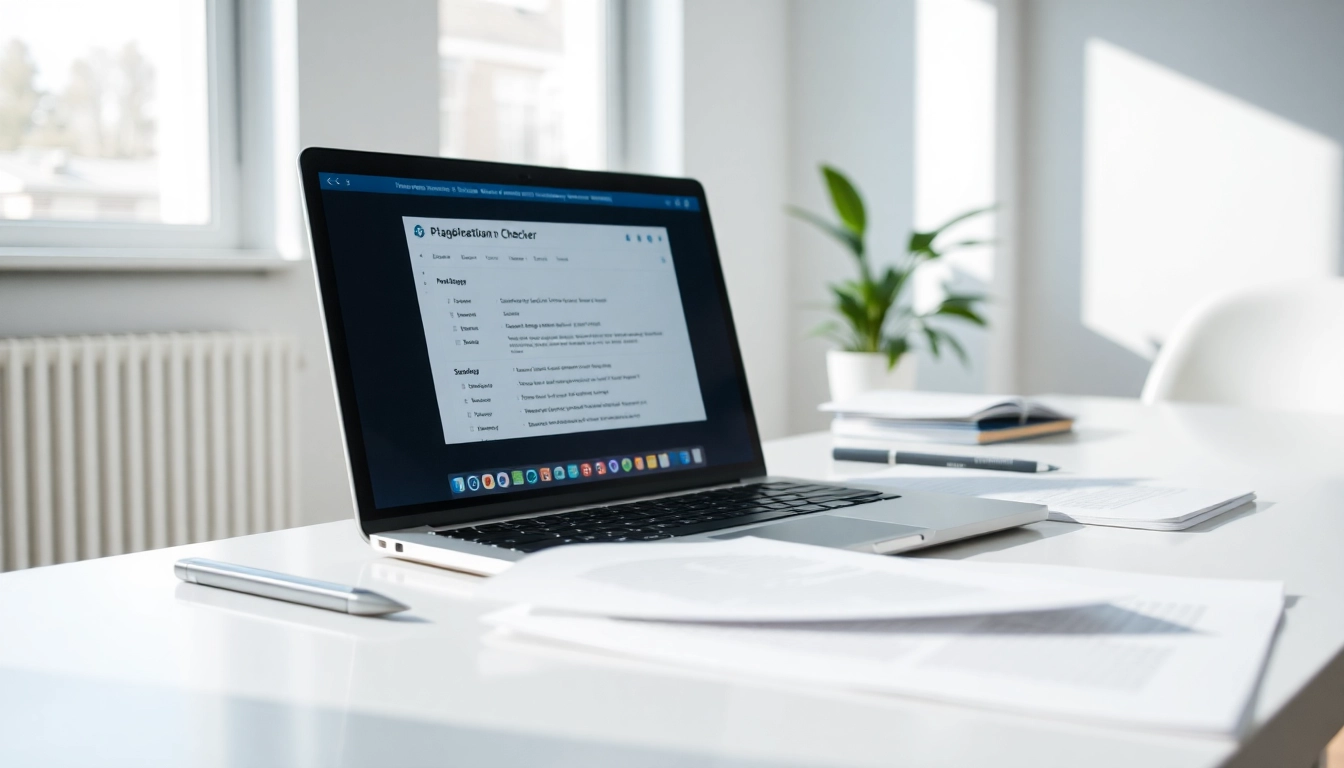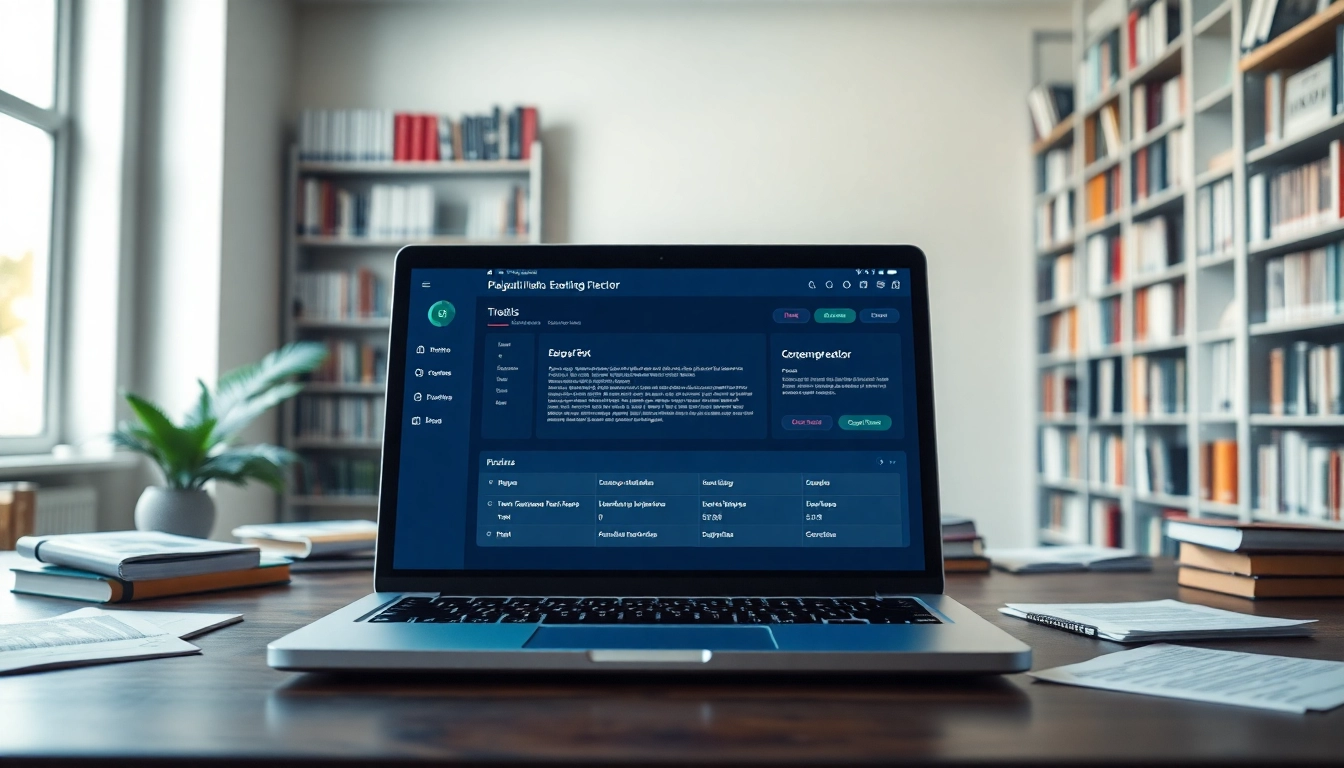Understanding Plagiarism and Its Consequences
What is Plagiarism?
Plagiarism is the act of using someone else’s work or ideas without giving proper credit, thereby presenting those ideas as one’s own. This unethical practice can take many forms, including copying text directly, paraphrasing without acknowledgment, and using multimedia content—such as images, graphs, or videos—without permission. The consequences of plagiarism can range from minor penalties in academic settings to severe legal repercussions in professional contexts.
The Impact of Plagiarism in Academia
In academic spheres, plagiarism is taken very seriously. Institutions have strict policies against it, which can result in academic probation, suspension, or expulsion for students found guilty of plagiarizing. This loss of academic integrity can tarnish the reputation of universities and diminish the credibility of the entire educational system. Additionally, educators face the challenge of nurturing originality and critical thinking among students, making the ramifications of plagiarism even more significant.
Legal and Ethical Implications
Beyond academia, plagiarism carries severe legal and ethical implications. Copyright laws protect the written and creative works of individuals, and violating these laws can lead to lawsuits, fines, and damage to personal and professional reputations. Ethically, individuals are expected to uphold the principles of honesty and integrity in their work, and failing to do so can undermine trust between colleagues, peers, and the public. The fallout from plagiarism often extends beyond immediate consequences, affecting long-term career prospects and the individual’s standing in their respective field.
How Plagiarism Detector Tools Work
Technology Behind Plagiarism Detection
Plagiarism detectors utilize advanced algorithms and machine learning techniques to identify similarities between text submissions and a vast database of existing content. The technology analyzes numerous factors, including sentence structure, vocabulary, and even the context of ideas presented in the text. These tools often combine natural language processing (NLP) techniques with data from academic papers, articles, and online publications to deliver accurate and efficient checks for potential plagiarism.
Types of Content Checked by Detectors
Plagiarism detection tools scan various types of content, including essays, research papers, articles, and bibliographic data, as well as multimedia formats like images and videos. They look for direct copies as well as closely paraphrased material. This flexibility makes them useful not only for students but also for professionals and content creators who want to ensure their work is original.
Key Features to Look For
When selecting a plagiarism detector, there are several features to consider for effective usage. Accuracy is paramount; a good tool should provide precise detection rates and clearly highlight any areas of concern. Additionally, user interface design is crucial—an intuitive layout can significantly enhance user experience and make it easier for individuals to navigate and interpret results. Other important features include comprehensive databases for cross-referencing content, support for multiple formats, and integration capabilities with other writing software.
Top Features of an Effective Plagiarism Detector
Accuracy and Efficiency in Detection
One of the hallmark features of a reliable plagiarism detector is its ability to accurately identify copied content. This accuracy is typically represented as a percentage, indicating the portion of the document that matches with other published sources. Advanced detectors employ sophisticated algorithms that analyze wording, context, and syntax to ensure that results are both reliable and quick to produce. For example, the plagiarism detector can efficiently handle substantial documents, delivering rapid scanning and reporting features.
User-friendly Interface and Accessibility
A user-friendly interface is essential for any technology-driven tool. Detectors that prioritize the user experience allow individuals to navigate the system efficiently, with straightforward options to upload documents, view results, and understand suggested edits or changes. Furthermore, cloud-based services offer accessibility, enabling users to check their work from any device that is connected to the internet, enhancing usability and convenience.
Integration with Other Writing Tools
For maximum effectiveness, a plagiarism detector should integrate seamlessly with other writing tools, such as word processors, reference managers, and editing software. This integration streamlines the process of writing, editing, and reviewing work, allowing users to maintain higher standards of originality within their documents. Many leading tools also offer browser extensions to facilitate real-time checks while writing online, making them even more accessible.
Choosing the Right Plagiarism Detector for Your Needs
Free vs Paid Plagiarism Detectors
The first decision to make when selecting a plagiarism detection tool is whether to utilize a free or paid service. Free detectors can be appealing for occasional use, but they may lack comprehensive databases and advanced features. Paid options often provide better accuracy, faster processing times, and additional functionalities such as grammar checking, which can greatly enhance the writing process. It’s crucial to balance budget considerations with the need for quality and effectiveness in detection.
Comparative Analysis of Leading Tools
The market is saturated with plagiarism detection tools, each promising various functionalities. For instance, Grammarly offers an integrated solution that combines grammar checks with plagiarism detection, appealing to writers who desire an all-in-one service. On the other hand, dedicated plagiarism checkers such as Turnitin and Copyscape offer extensive databases and industry-specific capabilities that might suit academic and professional needs better. By comparing features, pricing, and user reviews, individuals can make an informed decision about which tool meets their specific requirements.
User Reviews and Ratings
User feedback is a valuable resource in determining the effectiveness of plagiarism detection tools. Reviews from real users can reveal insights into accuracy, customer service, usability, and overall satisfaction. Before making a purchase or committing to a service, individuals should invest time in reading both positive and negative reviews to gauge a tool’s reliability and performance. Websites that aggregate software reviews can serve as helpful platforms for this analysis.
Best Practices for Avoiding Plagiarism
Proper Citation Techniques
Understanding and employing proper citation techniques is one of the best defenses against plagiarism. Various citation styles, such as APA, MLA, and Chicago, provide specific rules on how to cite sources correctly. Familiarizing oneself with these guidelines ensures that proper credit is given, thus avoiding unintentional plagiarism. Learning to paraphrase effectively and integrating quotes appropriately also plays a crucial role in maintaining the originality of one’s work.
Understanding Copyright Issues
Another key aspect of plagiarism prevention is understanding copyright laws. Copyright protects original expressions of ideas, and it is essential for individuals to know what content can be used freely and what requires permission or licensing. The Creative Commons licensing system can be beneficial, offering ways to legally use others’ work while giving proper credit. Awareness of these laws not only protects the individual from legal repercussions but also fosters an environment of respect for creativity and intellectual property.
Utilizing Resources for Original Writing
To produce original work, individuals can leverage various resources, such as writing workshops, online courses, and academic writing centers that offer guidance and support. Utilizing brainstorming techniques and plagiarism-free content generation tools can also inspire creativity and originality in writing. Understanding the importance of drafting and revision in the writing process allows for deeper engagement with the material, thereby enhancing overall quality while minimizing the risk of plagiarism.















Leave a Reply